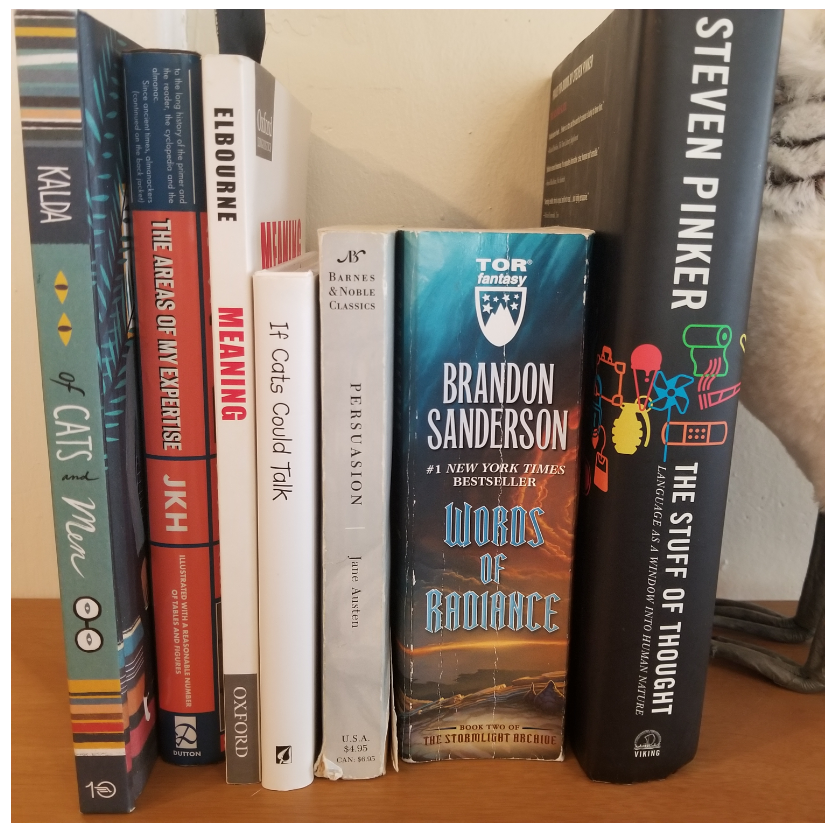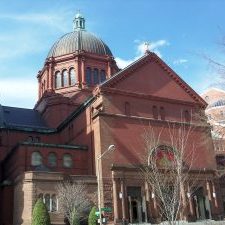National Poetry Month: Create Book Spine Poetry
April is National Poetry Month, and this April, particularly, is a perfect time to discover poetry. One way to enjoy poetry is to read it; the other way is to write it.
“Poetry is just the evidence of life. If your life is burning well, poetry is just the ash.” — Leonard Cohen
I’ve found one of the most enjoyable ways to write poetry is to create book spine poetry. Book spine poetry is considered “found” poetry; that is, a poem made up of words from other sources. You, the poet, aren’t writing the words, trying to fit a form, or looking for words that rhyme. Instead, with book spine poetry, you simply arrange books so their titles to create a poem.
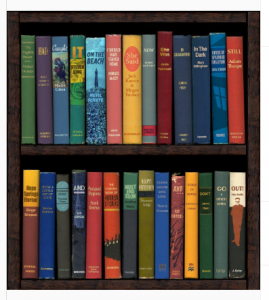
A timely book spine poem by Phil Shaw made its way around Twitter recently, though author Stephen King was “unconvinced . . . these are real covers.” (Why? The fourth book from the left on the top shelf is supposed to be King’s bestseller It. King points out that the artwork seems wrong and his name is misspelled.)
Still, Shaw’s quarantine project got me working on my own book spine poems. While I have a pretty full bookshelf at work, I have even more books at home. And more variety. I’ve had fun throwing together some poems. It’s easier than trying to find a word that rhymes with “quarantine.”
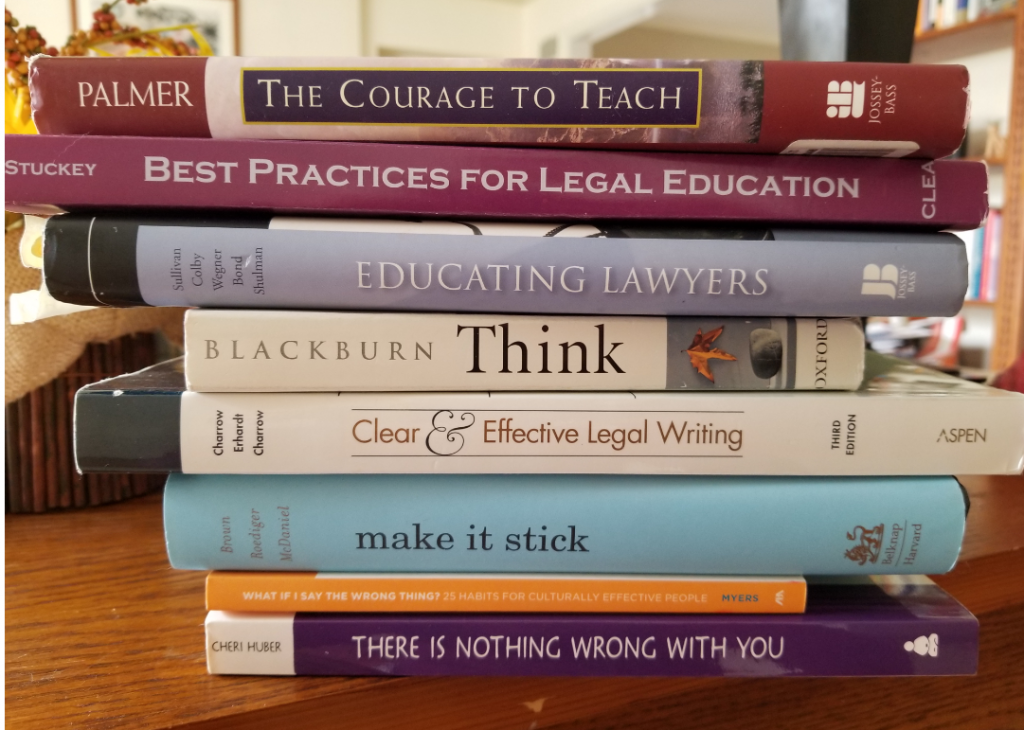
What can you create? Send pics of your book spine poetry to me and we’ll create another post with all the submissions.
UPDATE (4/17/2020): Student Affairs Specialist Sarah DiStefano and I both had cats on the brain when we created these poems.
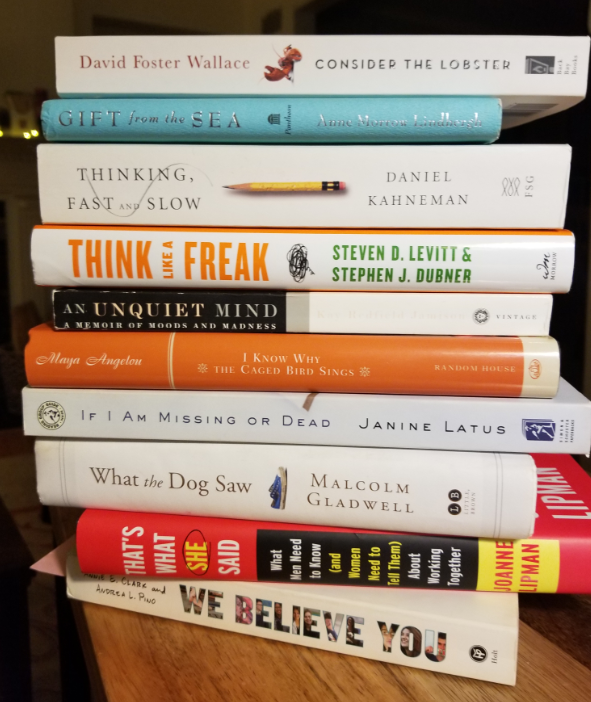
Thanks for sharing, Sarah!
